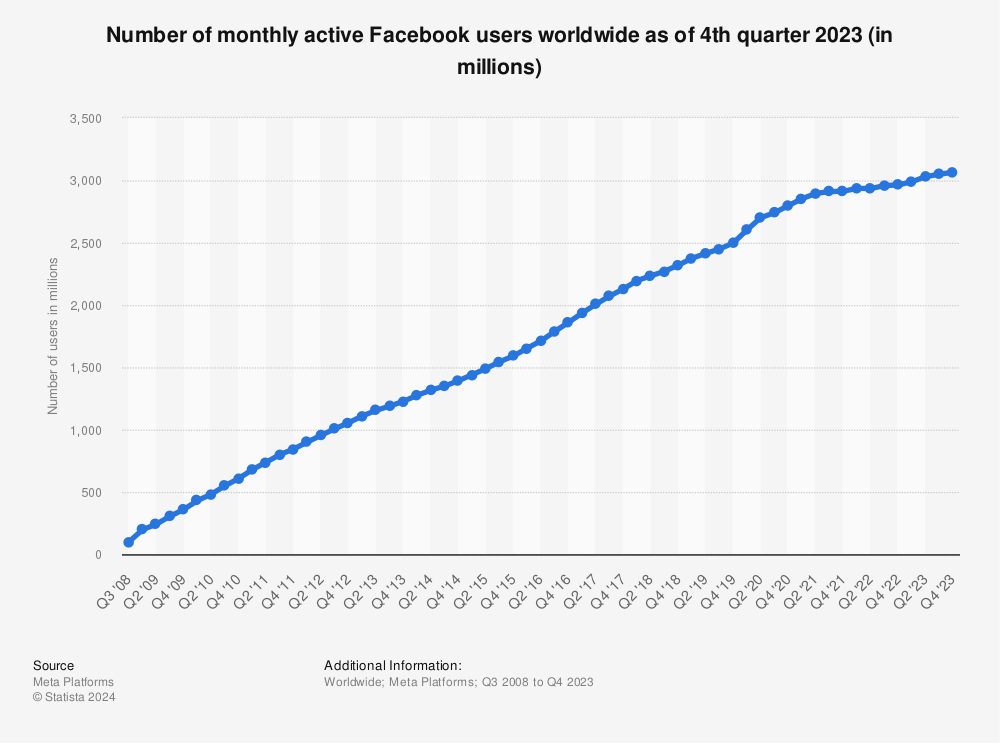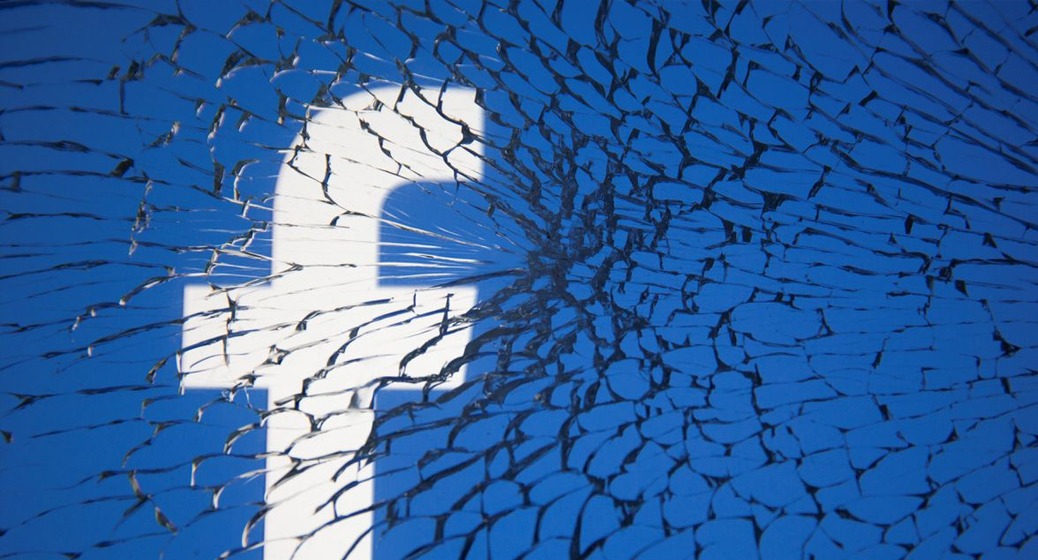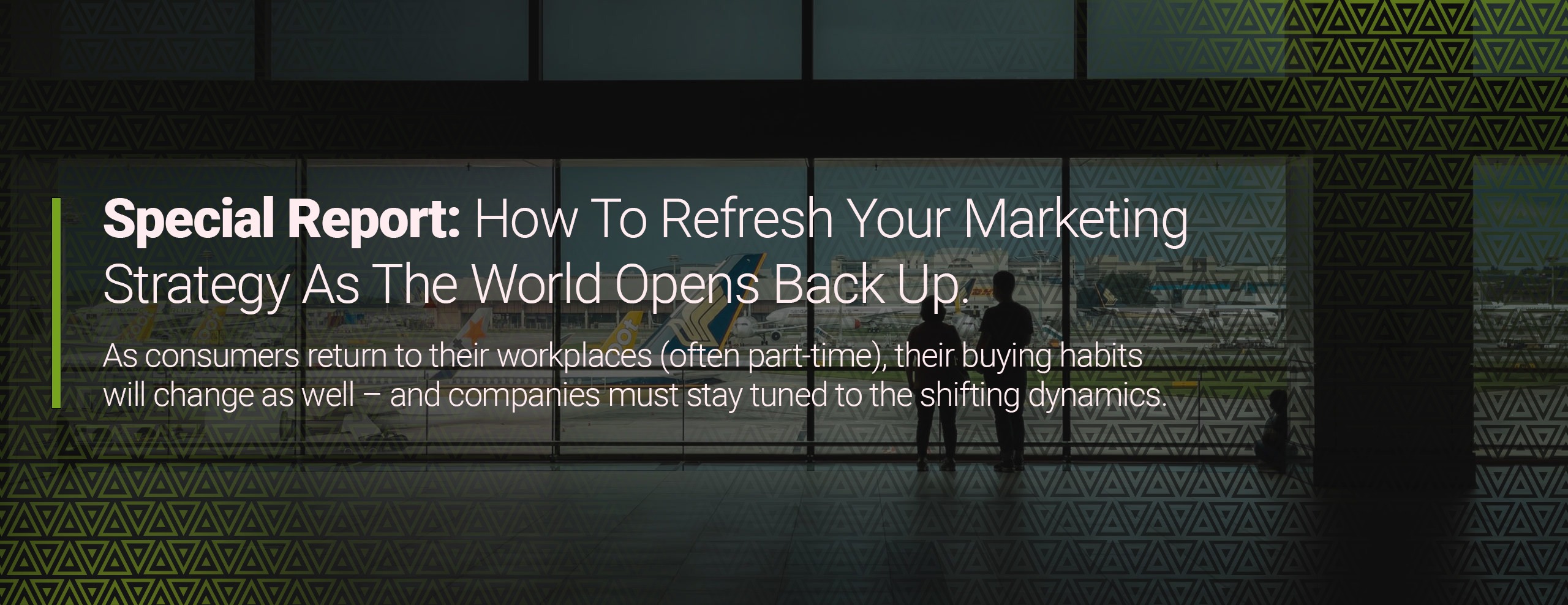Trapped in digital amber for eight hours, users all over the world were shocked when the Facebook app family went off the air on October 4. In a shocking demonstration of its power over the online economy, millions of transactions were suddenly suspended in cyberspace.
This mega-outage disrupted traffic among its data centers, cascading into other related apps, particularly WhatsApp (two billion users), Instagram and Messenger (1.3 billion users each), and even Oculus VR headsets.
Without warning, Facebook (2.85 billion users) and its sibling sites went dark, effectively switched off from the rest of the world. It seems as though ring-fencing – a standard practice that prevents domino-effect crashes among interconnected platforms – was neglected, possibly in order to scale up faster.

Find more statistics at Statista
Global Glitches
Even its own security engineers were locked out, by what was later defined as a misconfiguration of backbone routers. Physically unable to access server areas, the FB tech crews were unable to begin evaluating the scope of the outage and its causes. It was not until an emergency team managed to get into the Santa Clara data center, that a start was made on fixing the problem through a low-tech ‘manual reset’ of its servers.
Some employees who had recently returned to in-office work were unable to enter buildings, as their digital badges weren’t recognized. With its internal communications platform – Workplace – off the air, many others were unable to do their jobs.
As the downed area included internal calendars, security systems, and scheduling tools, as well as emails and cell phones, some Facebookers were forced to communicate through the competition, using media like Twitter, Discord, Zoom, Telegram, and LinkedIn. Ironically, they might be pointing out the way ahead for wary FB family users now suffering from the fooled-me-once syndrome.
Ripple Effect
The FB Global Security Operations Centre rated this event as ‘a HIGH risk to people, a MODERATE risk to assets and a HIGH risk to the reputation of Facebook’. Triggered by apparently routine changes to the internal backbone underpinning its internet services, the economic and social repercussions of this massive shutdown reverberated around the world. Over fourteen million reports were sent in by irritated users to DownDetector, a real-time website status tracker.
That’s not surprising, as over 200 million businesses are actively using Facebook tools, and countless content creators earn incomes through peddling a huge variety of goods and services. These revenue sources include book sales, coaching sessions, paid mentorships, affiliate links, and sponsored posts, particularly on Instagram and Facebook.
Promises, Promises …
With over 3.5 billion active FB family users a month (and counting…), Zuckerberg has said he won’t take a cut from fan subscriptions and online events until 2023. In April, he announced new ways of making money on Instagram, and also offered to pay out $1 billion through 2022 to users creating content for both Facebook and Instagram, particularly its relatively new Reels video feature, launched last year to compete with TikTok.
While the after-effects of the outage remain painful (worsened by a tooth-grinding two-hour outage just a few days later), questions are surging throughout the small-scale e-commerce sector:
-
Will these promised incentives materialize, especially after massive losses (around $79 million in ad revenues alone) caused by the outage?
-
Will FB and IG offer any kind of compensation (like double exposure) to businesses that lost out on prepaid advertising during the outage?
-
Will this ‘oops-sorry!’ response be enough to offset the looming risk of another across-the-board FB family outage?
The answers will appear gradually over time. From personal (and usually painful) experience, every keyboard warrior knows that glitches are inherently unpredictable – although often avoidable, with 20-20 hindsight. But with 80% of its income coming from SMEs, many of which reach out seamlessly and simultaneously through all its channels, Facebook may well find that the heaviest losses come from damage to its reputation.

See how Transmyt can drive massive amounts of growth for your business.
-
SEO – Unlock massive amounts of traffic.
-
Content Marketing – Our team creates engaging content that will get shared + attract customers.
-
Paid Media – Effective paid strategies with clear ROI.
-
Website Development – Cutting-edge technology platforms.
Time for a Marketing Reboot?
Quite naturally, this outage is now prompting many small business owners – particularly creators and influencers – to think twice about their online operations. Reports of losses on sales, product launches, sponsored posts, and affiliate links ranged from a few hundred to many thousands of dollars. Often irreplaceable, these amounts can be devastating for small businesses operating on shoestring budgets during a pandemic.
Users quickly realized that depending on a single service provider is dangerous, no matter how huge its reach, and regardless of the number of channels it offers. Small business owners reacted swiftly, shifting some of their time and attention away from marketing and sales activities and exploring other online possibilities.
Parallel options rather than backup plans, these ideas include building up email lists, polishing LinkedIn accounts, and upgrading websites. Other low-cost precautions include signing up with chat apps like Signal, Slack, Telegram, and Clubhouse.
Thinking Outside the FB Box
Although a testament to social media clout and the dominance of messaging apps, this incident is not the longest down-time in the FB track record. Back in 2019, the network was down for a full 24 hours – a daunting reminder that even the most powerful players can be crippled by technical errors in a linchpin platform.
Since 2006 – when membership opened to anyone over thirteen years old – Facebook has spent billions of dollars building up its multi-channel services and integrating the infrastructure needed to underpin them. This includes massive data centers built and managed by Facebook in Ireland, Denmark, Sweden, and Singapore. In the USA, Facebook currently has seven operational data center sites, as well as leased facilities elsewhere in the world.
Nevertheless, businesses are learning the hard way that the availability of social media is never certain. Despite their influence on so many aspects of life and trade, even these flagship channels are scarily fragile. Knitted together from equally delicate components, their end-to-end availability can never be 100% guaranteed.
Building Up Failure-Proof Connections
Long reliant on Facebook and Instagram as showcases for their goods and services, online advertisers and sellers received a harsh wake-up call on Monday. Echoing around the world, it shattered their complacency, particularly as FB founder Mark Zuckerberg is actively wooing influencers from competitors like Snapchat and TikTok, by hinting at heavier investments in original content and its creators.
Now is the time for brands to look behind appealing interfaces and ingenious metrics. Smart marketers are diving deeper before allocating sparse budget funding, adding website ownership and channel reliability into their decision-making equations. Long and even medium-term planning must focus more on diversifying traffic sources by broadening customer communications.
Push to Diversify
For the foreseeable future, there seems little doubt that there will be a new driving force behind digital marketing activities: diversification. While remaining active on flagship Facebook channels, small business owners are already seeking new ways to reach out to fans, followers, and shoppers.
The roles played by long-established sites (like YouTube, Twitter, and LinkedIn) are under review for many 2022 marketing plans, in addition to upgrading old-school options like websites, email blasts, and newsletters. Meanwhile, relative newcomers like Zoom, Discord, Clubhouse, Slack, Signal, and Telegram are already reaping the benefits of this outage.
Now painfully aware of the perils of putting all their marketing eggs in the Facebook family basket, far-sighted businesses are now devising multi-channel approaches to disaster prevention. Just as media consumers flip through a variety of apps in the course of a day, brands must follow suit seamlessly.
The Way Ahead
This is why automated marketing systems are now a must. Connected to all available channels 24/7, their automated tools can shift campaigns and spends smoothly among channels, with pre-defined audiences, easy personalization, and fast ROI measurements.
In fact, smart marketers are viewing this outage as a great chance to connect with consumers in innovative ways. As virtual horizons open up fresh opportunities through multi-channel communications, e-commerce must keep pace.
How? The answer’s simple: by exploring new communications channels as they launch while making the best possible use of current options through flexible advertising and repurposable content.
Keep Reading
Want more? Here are some other blog posts you might be interested in.
Confusing a launch plan with a GTM strategy is one of the fastest ways to stall growth. A launch plan gets ...
On Monday, October 20, 2025, Amazon Web Services experienced a major incident centered in its US-EAST-1 region. The problem began in ...
There is a certain kind of account that arrives wrapped in urgency and praise. They hire you because you are the ...
For founders and growing companies
Get all the tips, stories and resources you didn’t know you needed – straight to your email!




